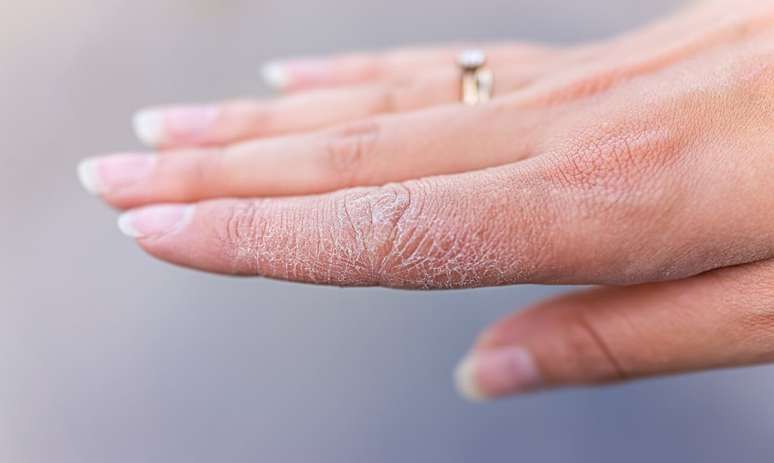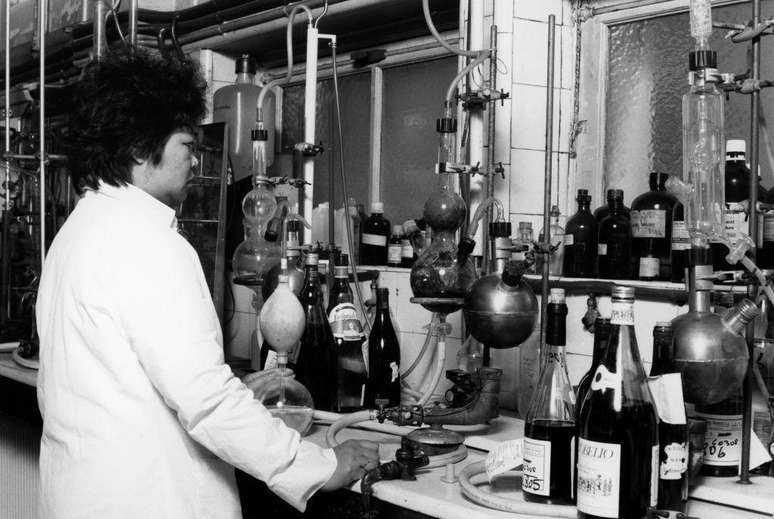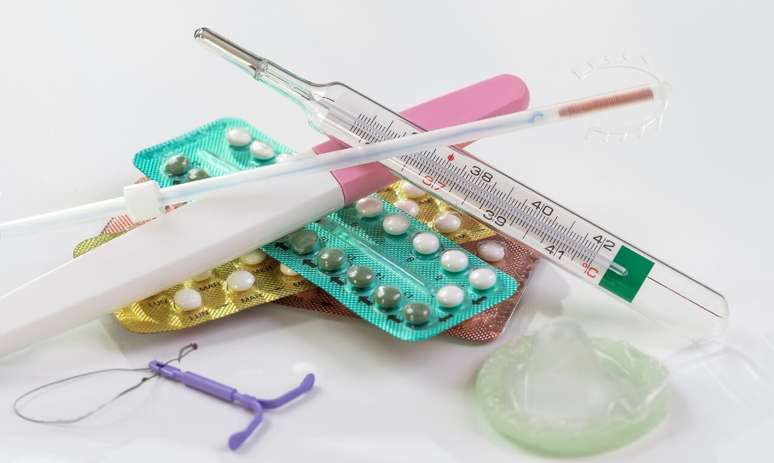The disease causes blisters on the hands and feet, which can cause itching and pain. Understand what dyshidrosis is
Dyshidrosis is a disease that causes the appearance of small, clear blisters and blisters with a reddish area on the palms of the hands and soles of the feet. According to the Brazilian Society of Dermatology, these lesions can cause a sensation of itching and pain. Subsequently, the blisters turn into peeling skin.
In 70-80% of patients the disease affects only the hands. In milder cases, the vesicles may appear only on the lateral surface of the fingers, occupying a very limited region. Additionally, the vesicles may clump together to form larger bubbles. Dyshidrosis almost always resolves within one to three weeks, but can become chronic.
“These symptoms appear mostly on the hands and feet, where we sweat the most. They are fluid-filled blisters that can form blisters when they are close to each other. The symptoms of dyshidrosis last one to three weeks and can take weeks to resolve. several months before they reappear,” says Clessya Rocha, dermatologist at the Brazilian Society of Dermatology (SBD).
Causes and treatment of dyshidrosis
According to Clessya, dyshidrosis can be caused by contact dermatitis, fungal infections or pharmacoderma. The condition is more common in the warm months and is often associated with hyperhidrosis. According to SBD, emotional factors can aggravate or even trigger it.
Clinical diagnosis is carried out only by a specialist. The dermatologist emphasizes that no health advice or content on the Internet replaces a visit to the doctor.
“Consult a dermatologist who will examine the lesions and order an allergy test to clarify whether it is allergic contact dermatitis or a skin manifestation caused by a fungal infection. Only then can the appropriate treatment be started”, reinforces the specialist, who is also a professor. of Dermatology at the State University of South-West of Bahia (UESB).
Again according to the SBD, in the acute phase, the treatment consists of compresses or baths with potassium permanganate or 2% boric acid water, two-three times a day, until the lesions improve. A high-potency corticosteroid cream, or aqueous paste, may be used along with compresses or after the condition has improved.
In more severe cases, the use of oral corticosteroids is a form of treatment. In cases that do not respond to conventional therapy, immunosuppressants and/or topical PUVA therapy may be used. In the chronic phase, corticosteroid creams and ointments, tacrolimus, pimecrolimus and coaltar are recommended. Superficial radiotherapy with Grenz rays (soft X-rays) should be considered at this stage.
Source: Terra
Ben Stock is a lifestyle journalist and author at Gossipify. He writes about topics such as health, wellness, travel, food and home decor. He provides practical advice and inspiration to improve well-being, keeps readers up to date with latest lifestyle news and trends, known for his engaging writing style, in-depth analysis and unique perspectives.





![It All Begins Here: What’s in store for Tuesday 21 October 2025 Episode 1289 [SPOILERS] It All Begins Here: What’s in store for Tuesday 21 October 2025 Episode 1289 [SPOILERS]](https://fr.web.img3.acsta.net/img/99/48/99481db5c03e1ff295fce95b23125991.jpg)



